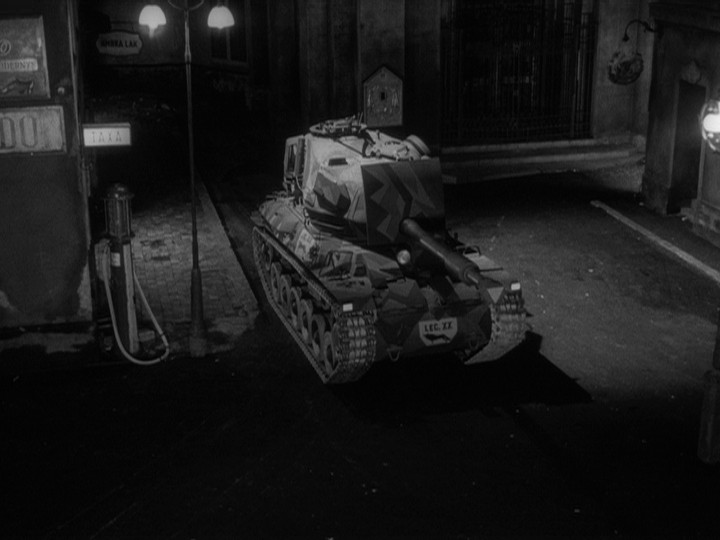A bit more on Susan Sontag and “Against Interpretation”
I’m still bogged down with school (almost done) but I thought I’d throw a little something up, pun intended. Two months ago I wrote an analysis of Susan Sontag’s “Against Interpretation” where I argued that, rather than being opposed to all interpretation, as some believe, Sontag was instead opposed to “metaphorical interpretation”—to critics who interpret artworks metaphorically or allegorically. (“When the artist did X, she really meant Y.”) I thought I’d document a few recent examples of this—not to pick on any particular critics, mind you, but rather to foster some discussion of what this criticism looks like and why critics do it (because critics seem to love doing it).
The first example comes from Chicago’s Museum of Contemporary Art, in particular the exhibit “Destroy the Picture: Painting the Void, 1949–1962” (which is up until 2 June). One of the works on display is Gérard Deschamps’s Tôle irisée de réacteur d’avion (pictured above, image taken from here—I didn’t just stretch out a swath of tinfoil on my apartment floor). The placard next to it reads as follows:
25 Points: Susan Sontag’s “Against Interpretation”

“The Silence” (still), directed by Ingmar Bergman (1963)
[Update: I posted a follow-up to this post, here.]
1.
Susan Sontag’s seminal mid-60s essay has come up several times at this site. I’ve been busy rereading it since Xmas, and want to take this chance to set down some thoughts regarding it.
2.
Obviously, whatever interpretation is, Sontag seems against it.
3.
What, then, does Sontag mean by “interpretation”? Does she mean any and all interpretation, as my fellow contributor Chris Higgs recently argued? Or something else, something more specific?
In a culture whose already classical dilemma is the hypertrophy of the intellect at the expense of energy and sensual capability, interpretation is the revenge of the intellect upon art.
Even more. It is the revenge of the intellect upon the world. To interpret is to impoverish, to deplete the world – in order to set up a shadow world of “meanings.” It is to turn the world into this world. (“This world”! As if there were any other.)
The world, our world, is depleted, impoverished enough. Away with all duplicates of it, until we again experience more immediately what we have.
– Susan Sontag, “Against Interpretation”

